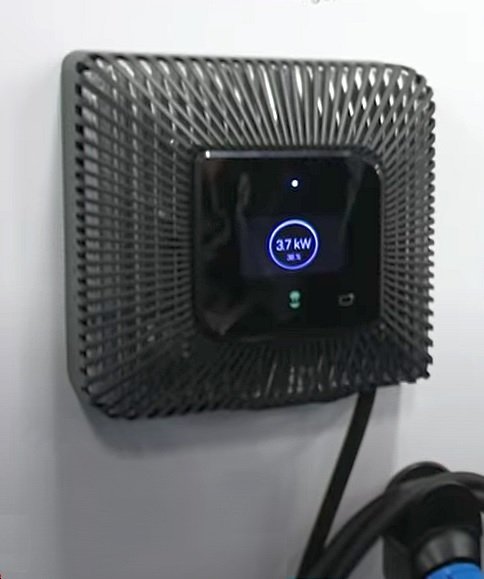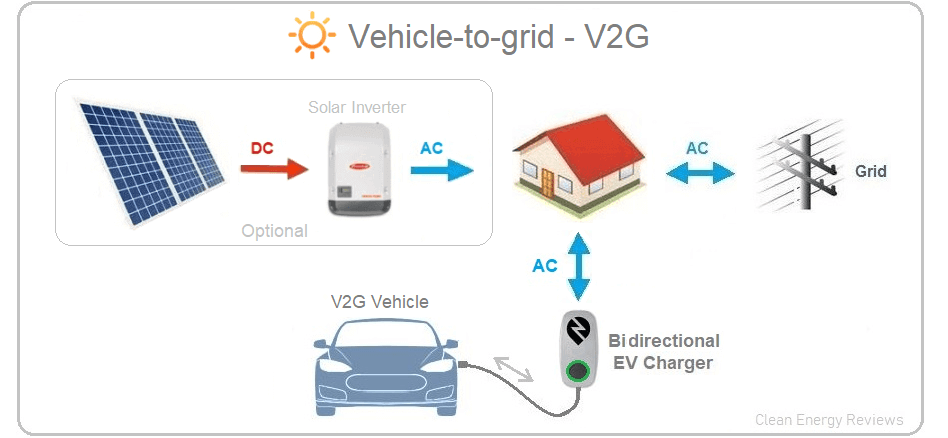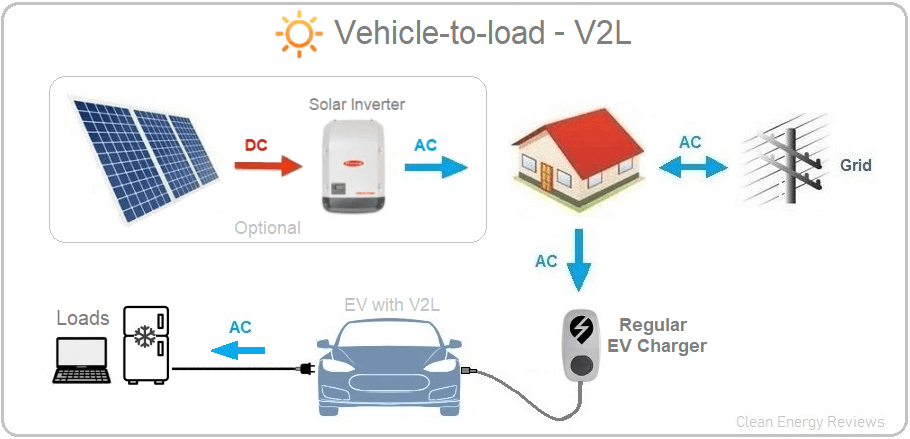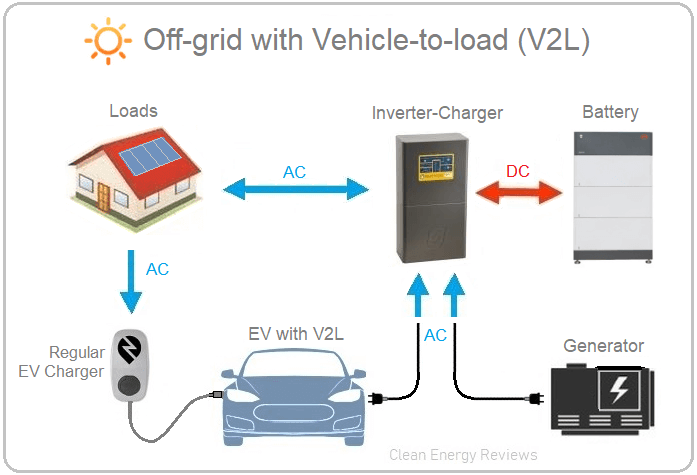Bidirectional EV charging explained - V2G, V2H & V2L
EVs with bidirectional (two-way) charging capability can be used to power a home, feed energy back into the electricity grid and even provide backup power in the event of a blackout or emergency. An EV is essentially a large battery on wheels, so bidirectional chargers can enable a vehicle to store cheap off-peak electricity or solar power to reduce household electricity costs. This emerging technology, known as vehicle-to-grid (V2G), could revolutionise the way our power grids operate, with the potential for tens of thousands of electric vehicles to supply power simultaneously during times of peak electricity demand. For those new to electric vehicle chargers, see our EV charging explained article.
How does it work?
Wallbox Quasar bidirectional charger
A bidirectional charger is an advanced EV charger capable of two-way charging; this might sound relatively simple, but it’s a complex power conversion process from AC (alternating current) to DC (direct current) instead of regular unidirectional EV chargers that charge using AC.
Unlike standard EV chargers, bidirectional chargers operate much like an inverter, converting AC to DC during charging and the reverse during discharging. However, bidirectional chargers can only work with vehicles compatible with two-way DC charging. Unfortunately, there is currently a very small number of EVs that are capable of bidirectional charging, the most well-known being the later model Nissan Leaf. Due to bidirectional chargers being far more sophisticated, they are also much more expensive than regular EV chargers since they incorporate advanced power conversion electronics to manage the energy flow to and from the vehicle.
To supply power to a home, bidirectional EV chargers also incorporate equipment to manage the loads and isolate the house from the grid during an outage, known as islanding. The basic operating principle of a bidirectional EV charger is very similar to bidirectional inverters, which have been used for backup power in home battery storage systems for over a decade.
Learn more about bidirectional EV chargers, along with prices and availability.
What are the uses of bidirectional charging?
Bidirectional chargers can be used for two different applications. The first and most talked about is Vehicle-to-grid or V2G, designed to send or export energy into the electricity grid when the demand is high. If thousands of vehicles with V2G technology are plugged in and enabled, this has the potential to transform how electricity is stored and generated on a massive scale. EVs have large, powerful batteries, so the combined power of thousands of vehicles with V2G could be enormous. Note that V2X is a term that is sometimes used to describe all three variations described below.
Vehicle-to-grid or V2G - EV exports energy to support the electricity grid.
Vehicle-to-home or V2H - EV energy is used to power a home or business.
Vehicle-to-load or V2L * - EV can be used to power appliances or charge other EVs
* V2L does not require a bidirectional charger to operate
The second use of bidirectional EV chargers is for Vehicle-to-home or V2H. As the names suggest, V2H enables an EV to be used like a home battery system to store excess solar energy and power your home. For example, a typical home battery system, such as the Tesla Powerwall, has a capacity of 13.5kWh. In contrast, an average EV has a capacity of 65kWh, equivalent to almost five Tesla Powerwalls. Due to the large battery capacity, a fully charged EV could support an average home for several consecutive days or much longer when combined with rooftop solar.
Vehicle-to-grid - V2G
Vehicle-to-grid (V2G) is where a small portion of the stored EV battery energy is exported to the electricity grid when needed, depending on the service arrangement. To participate in V2G programs, a bidirectional DC charger and a compatible EV is required. Of course, there are some financial incentives to do this and EV owners are given credits or reduced electricity costs. EVs with V2G can also enable the owner to participate in a virtual power plant (VPP) program to improve grid stability and supply power during peak demand periods. Only a handful of EVs currently have V2G and bidirectional DC charging capability; these include the later model Nissan Leaf (ZE1) and the Mitsubishi Outlander or Eclipse plug-in hybrids.
Despite the publicity, one of the problems with the roll-out of V2G technology is the regulatory challenges and lack of standard bidirectional charging protocols and connectors. Bidirectional chargers, like solar inverters, are considered another form of power generation and must meet all regulatory safety and shutdown standards in the event of a grid failure. To overcome these complexities, some vehicle manufacturers, such as Ford, have developed simple AC bidirectional charging systems that only operate with Ford EVs to supply power to the home rather than exporting to the grid. Others, such as Nissan, operate using universal bidirectional chargers such as the Wallbox Quasar, described in more detail below. Learn more about the benefits of V2G technology.
Vehicle to Grid (V2G) energy flow diagram using a DC bidirectional charger.
Nowadays, most EVs are equipped with the standard CCS DC charge port. Currently, the only EV that uses a CCS port for bidirectional charging is the recently released Ford F-150 Lightning EV. However, more EVs with CCS connection ports will be available with V2H and V2G capability in the near future, with VW announcing its ID electric cars may offer bidirectional charging sometime in 2023.
2. Vehicle to Home - V2H
Vehicle-to-home (V2H) is similar to V2G, but the energy is used locally to power a home instead of being fed into the electricity grid. This enables the EV to function like a regular household battery system to help increase self-sufficiency, especially when combined with rooftop solar. However, the most apparent benefit of V2H is the ability to provide backup power during a blackout.
For V2H to operate, it requires a compatible bidirectional EV charger and additional equipment, including an energy meter (CT meter) installed at the main grid connection point. The CT meter monitors energy flow to and from the grid. When the system detects grid energy consumed by your home, it signals the bidirectional EV charger to discharge an equal amount, thus offsetting any power drawn from the grid. Likewise, when the system detects energy being exported from a rooftop solar array, it diverts this to charge the EV, which is very similar to how smart EV chargers work. To enable backup power in the event of a blackout or emergency, the V2H system must be able to detect the grid outage and isolate it from the network using an automatic contactor (switch). This is known as islanding, and the bidirectional inverter essentially operates as an off-grid inverter using the EV battery. Grid isolation equipment is required to enable backup operation, much like hybrid inverters used in backup battery systems.
Basic energy flow diagram of a DC bidirectional charger using V2H to power a home, plus CT meter to measure grid energy flow.
Only a few EVs currently feature V2H technology, including the later model Nissan Leaf and Mitsubishi Outlander PHEV, which use the older-style CHAdeMO connector. The new Ford F-150 Lightning EV is unique because it can operate in V2H mode using a CCS connector via an in-vehicle bidirectional charger. However, it can only function with the Ford Charge Station Pro and the Ford Home Integration System. The F-150 Lightning also features Vehicle-to-load (V2L) technology, as described below.
3. Vehicle to Load - V2L
Ford F-150 lightning (EV) has four V2L AC power outlets rated at 2.4kW each.
Vehicle-to-load or V2L technology is much simpler as it does not require a bidirectional charger. This is also sometimes referred to as VTOL. Vehicles with V2L have a built-in bidirectional charger and standard AC power outlets, which can be used to plug in any regular household AC appliances. However, some vehicles use the EV charging port and a special V2L adapter to provide power via a lead. In an emergency, extension cords can be run from the vehicle into a home to power essential loads, including lighting, computers, fridges, and cooking appliances.
The new Ford F-150 Lightning has V2L capability via four 2.4kW AC power outlets for a total of 9.6kW of power. Other vehicles with V2L technology include the new Hyundai IONIQ 5 and Kia EV6, which have internal and external AC power outlets, and the BYD electric vehicle range, including the Yuan Plus, also known as the BYD Atto 3. Clean Energy Reviews conducted a V2L load test on the BYD Atto 3, and you can see the results here.
Basic energy flow diagram of an EV with an AC power outlet which is known as vehicle-to-load or V2L.
V2L for Off-grid and backup power
Vehicles with V2L can provide backup power using extension leads to run selected appliances. However, it is also possible to connect the V2L supply directly to a backup switchboard or even the main distribution board using a specialised AC transfer (change-over) switch.
A vehicle with V2L can also be incorporated into an off-grid solar power system to reduce or even eliminate the need for a backup generator. Most off-grid solar power systems contain a bidirectional inverter, which can technically use power from any AC source, including a vehicle with V2L. However, it would need to be installed and configured by a solar specialist or qualified electrician to do this safely. Learn more about using V2L for backup power and to enhance off-grid systems.
List of EVs with bidirectional charging
The following chart lists the currently available, or soon-to-be-released EVs with bidirectional charging capability, including V2G, V2H and V2L functions. The number listed in the V2L column is the output power rating in kW. Learn more in our detailed V2L explained article.
| Vehicle | Model | Connector Type | V2G | V2H | V2L | Available |
|---|---|---|---|---|---|---|
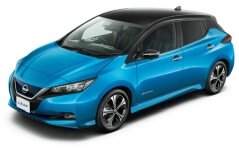 |
Nissan Leaf ZE1 | Chademo | YES | YES | No | Now |
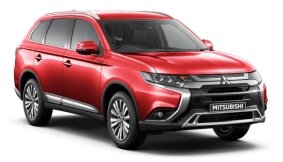 |
Outlander PHEV | Chademo | YES | YES | No | Now |
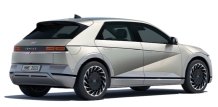 |
Hyundai Ioniq 5 | CCS | No | No | YES 3.6kW | Now |
 |
KIA EV6 | CCS | No | No | YES 3.6kW | Now |
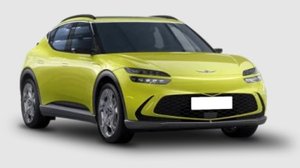 |
Genesis GV60 | CCS | No | No | YES 3.6kW | Now |
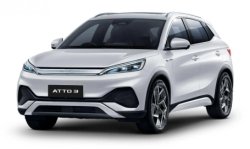 |
BYD Atto 3 | CCS | No | No | YES 2.4kW * | Now |
 |
BYD Seal | CCS | No | No | YES 2.4kW * | Now |
 |
Ford F-150 Lightning | CCS | (TBC) | YES | YES 9.6kW | Now |
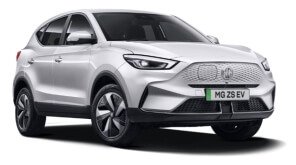 |
MG ZS EV (2022) | CCS | No | No | YES 2.2kW | Now |
 |
VW ID Models | CCS | Yes (TBC) | YES ** | (TBC) | Late 2023 |
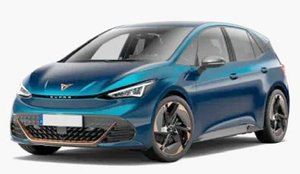 |
Cupra Born EV | CCS | Yes (TBC) | Yes (TBC) | (TBC) | Now # |
(*) The V2L peak power rating was determined via load testing. Continuous V2L rating is 10A (2400W)
(**) Volkswagen officially announced a bidirectional charging solution in Dec 2023 utilising the CCS DC charging standard. Initial compatibility is limited to the S10 E COMPACT home power (battery) station from HagerEnergy GmbH for ID vehicle models, with plans to extend compatibility to other home battery systems in the future.
(#) The Cupra Born EV has been confirmed by the EV charger manufacturer Wallbox to be compatible with the second-generation Wallbox Quaser 2 bidirectional charger enabling both V2H and V2G. See the official Wallbox press release.


